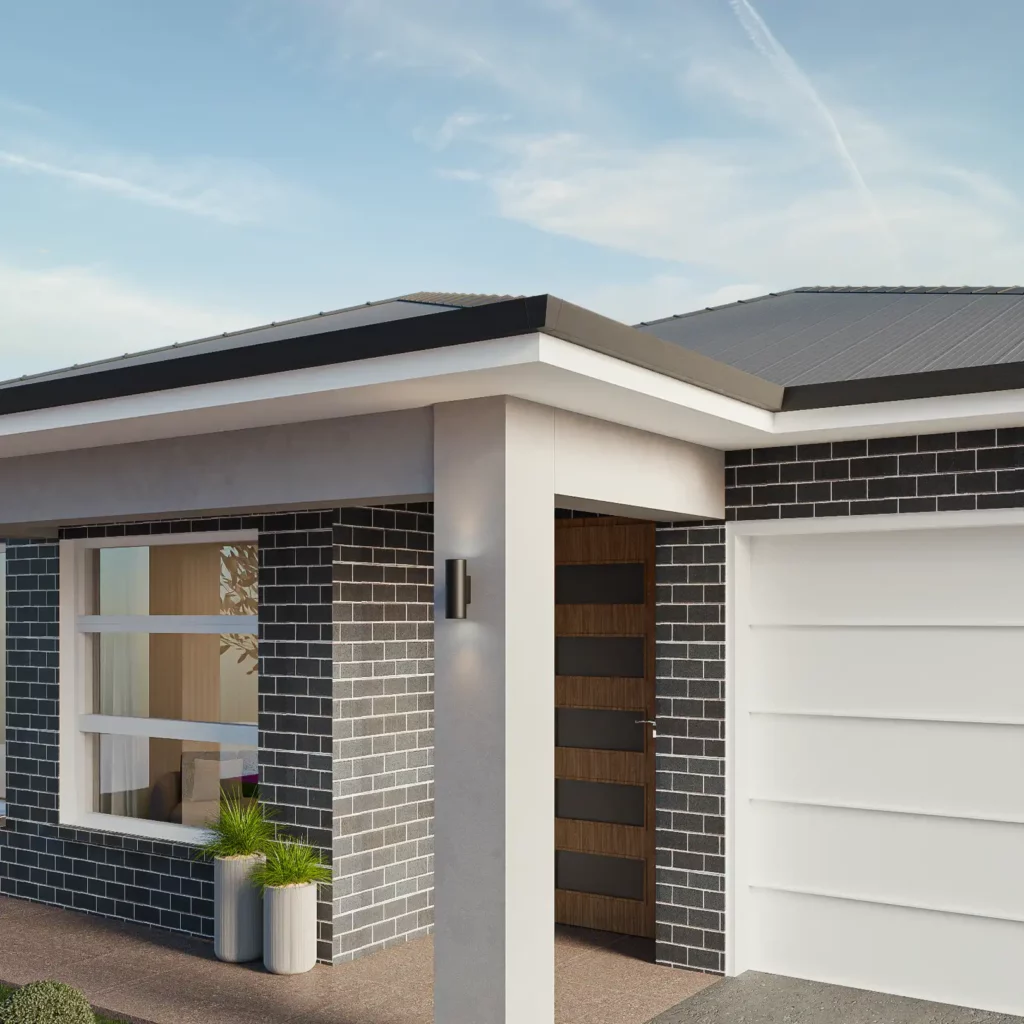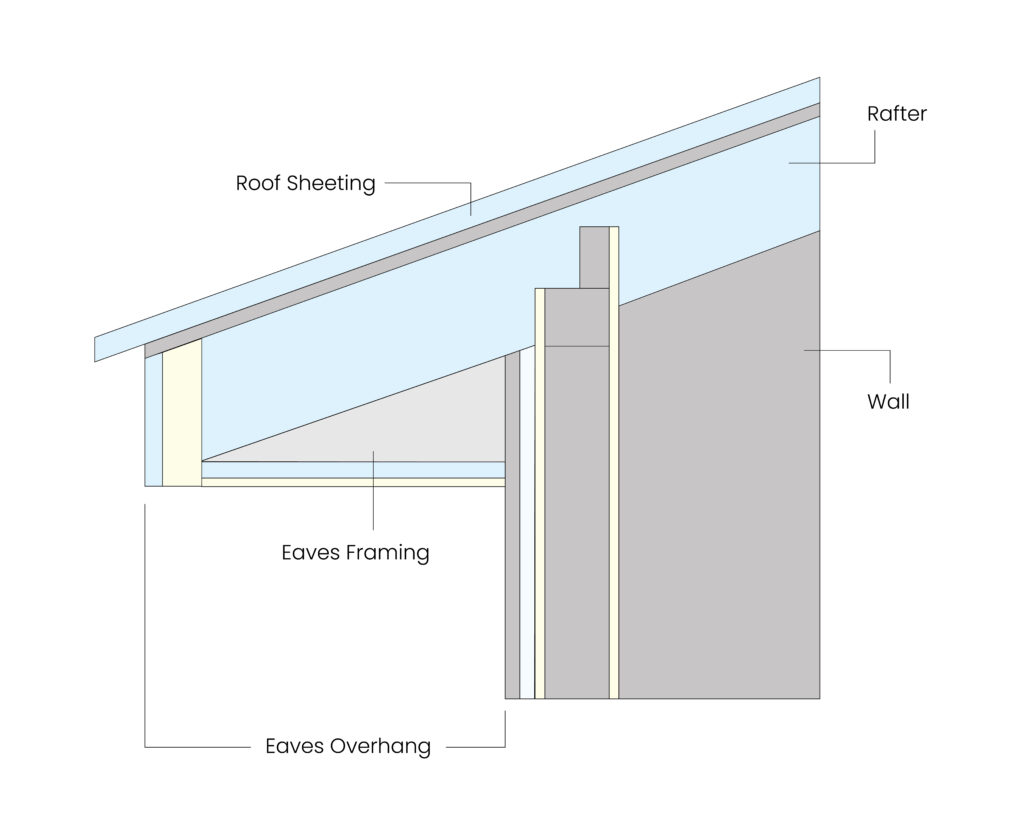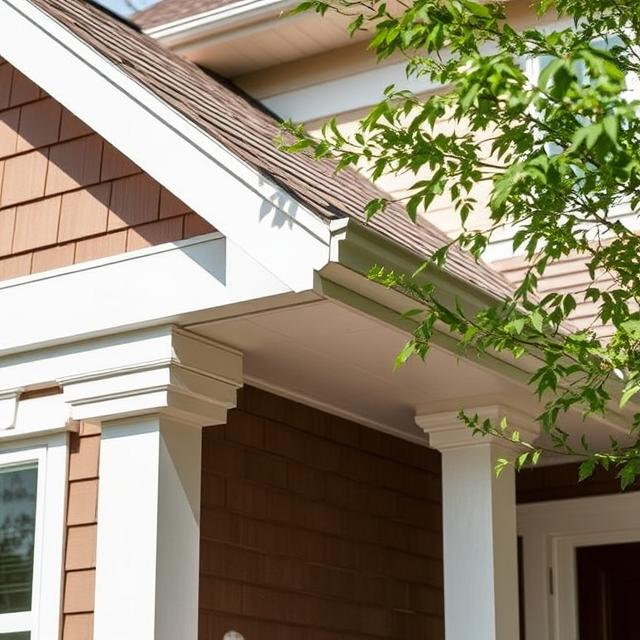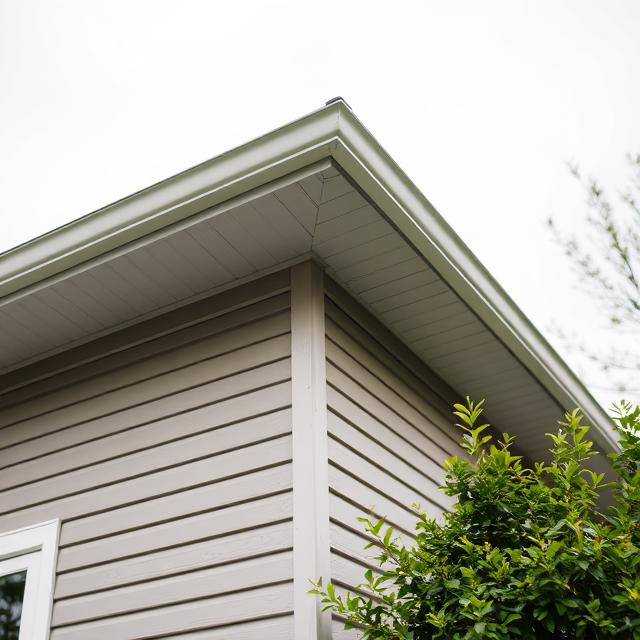Eaves are an essential yet often overlooked feature in Australian home design. They offer protection, energy efficiency, ventilation, and architectural appeal. Whether you're building a new home or renovating, understanding the types, benefits, and customization options for eaves can help you make informed decisions.

Eaves are the overhanging edges of a roof that extend beyond the walls of a house. Their primary function is to protect the structure from the elements while also enhancing its aesthetics.

In hot Australian climates, provide shade and temperature regulation, reducing heat gain inside the home. In rain-prone regions, they prevent water from running down walls, minimizing moisture damage and mold growth.
Beyond functionality complements a home’s architectural style, whether it’s a Queenslander with wide overhangings or a modern home with boxed eaves.

Eaves serve as a barrier between the roof and exterior walls, ensuring that rainwater, harsh sunlight, and strong winds do not directly impact the structure.
Providing shade to windows and doors to reduce indoor heat.
Improving ventilation by allowing air circulation under the roof.
Preventing rainwater damage by directing water away from the home’s walls.
Enhancing a home’s overall curb appeal with decorative or minimalist designs.
Eaves are an integral part of passive solar design, making homes more energy-efficient and sustainable.
Eaves act as a passive cooling system, shading windows and walls from direct sunlight. In winter, the right eave design allows sunlight in, naturally warming the home. This reduces energy bills by limiting the need for air conditioning and heating.
Eaves protect doors and windows from excessive sun exposure, preventing fading and heat damage. Open eaves also enhance natural airflow, reducing trapped heat in the roof cavity.
Rainwater can damage walls, foundations, and window frames if not controlled. Eaves direct water away, preventing mold, mildew, and structural damage.
Eaves play a key role in home design, adding depth, texture, and character. Whether minimalist or decorative, they complete the overall look of a house.

Exposed rafters for a traditional and rustic look.
Common in heritage-style and Federation homes.
It allows for better ventilation but requires maintenance.
Fully enclosed for a sleek, modern appearance.
Protect rafters from weather exposure and moisture.
Ideal for contemporary and minimalist homes.
Common in Queenslander and tropical homes.
Offer maximum sun and rain protection.
Improve energy efficiency by blocking direct sunlight in summer.
Feature intricate timber battens, fretwork, or laser-cut panels.
Add charm and elevate a home’s curb appeal.
Common in heritage and custom-designed homes.
The best eave type depends on climate, home style, and functional needs.
Hot climates: Wide overhanging provides better shade.
Rain-prone areas: Well-designed to prevents water damage.
Bushfire zones: Fire-resistant eave materials like fiber cement are recommended.
Eaves should complement the architectural style of your home:
Traditional homes – Open or decorative add character.
Modern homes – Boxed create a minimalist finish.
Coastal homes – Wide overhangs help withstand harsh sun and rain.
Timber – Classic and warm, but requires maintenance.
Metal – Durable, weather-resistant, and low-maintenance.
PVC – Cost-effective and moisture-resistant.
Fiber Cement – Fire-resistant and perfect for bushfire-prone areas.
A drip edge is a metal strip installed along the roof edge, directing water away. It prevents leaks and extends roof lifespan a must-have in heavy rainfall areas.
Clean gutters regularly to prevent blockages and leaks.
Inspect for cracks, peeling paint, or stains that indicate damage.
Repaint wooden to protect them from moisture and sun exposure.
Check for proper ventilation to avoid condensation and mold buildup.
Routine maintenance extends the lifespan of your , ensuring long-term protection and efficiency.
While they are related, eaves and soffits are not the same.
Eaves are the overhanging section of the roof, providing shade and protection.
Soffits are the underside of, often enclosed to hide rafters and improve insulation.
Ventilated soffits allow air to flow into the roof cavity, reducing heat buildup, condensation, and mold growth.
At Nexa Homes, we specialize in designing and building homes with expertly crafted eaves that enhance both functionality and style. Whether you need energy-efficient eaves, decorative trims, or a sleek modern look, we offer custom solutions tailored to your needs.
Contact us today to explore our range of eave designs and build a home that is both practical and beautiful.
Discover how Nexa Homes combines quality craftsmanship, innovative design, and sustainability to create homes that are built to last.